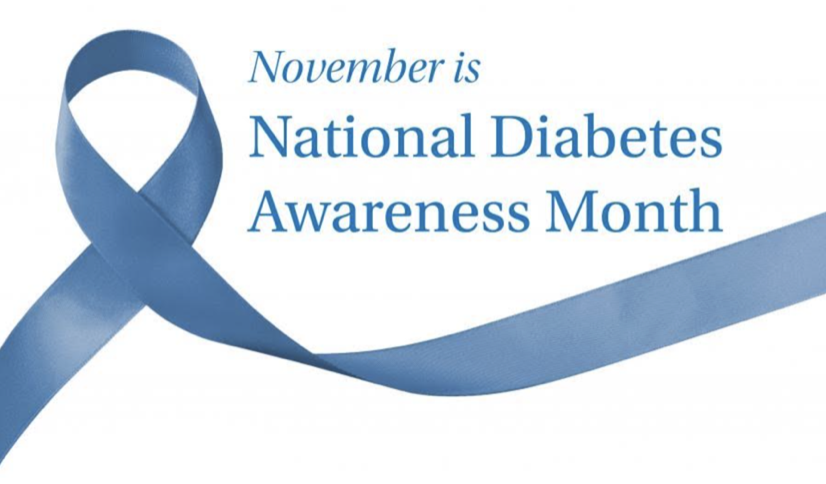Top 10 Diabetes Myths and Facts
Although the internet has a wealth of information on diabetes, it is not always accurate. There are many popular myths about diabetes and its management. Here I will try and dispel the most common diabetes myths.

Myth 1: Diabetes is caused by eating too much sugary food
Fact: This is one of the most common diabetes myths. Diabetes is a chronic disease that causes high blood glucose levels, resulting from the body’s inability to produce insulin or respond to it efficiently.
Type 1 diabetes is caused by the body’s immune system attacking the insulin-producing cells of the pancreas and no amount of sugar in your diet, or anything in your lifestyle, has caused or can cause you to get type 1 diabetes. While eating a diet high in sugar, and processed foods can increase the risk for type 2 diabetes, diet alone doesn’t cause either type of diabetes.
Myth 2: Type 2 diabetes is mild
Fact: This diabetes myth isn’t true. No form of diabetes is mild. All types of diabetes are serious and can lead to serious complications if not well managed. Good control of diabetes can significantly decrease the risk of complications but this doesn’t mean the condition itself is not serious.
Myth 3: Diabetes only affects people who are overweight
Fact: Whilst type 2 diabetes is often associated with being overweight and obese around 20% of people with type 2 diabetes are of a normal weight, or underweight. Type 1 diabetes is not preventable and not associated with weight, physical inactivity or any other lifestyle factors.
Myth 4: people with diabetes should only eat ‘diabetic’ food
Fact: A healthy meal plan for people with diabetes is generally the same as healthy eating for anyone. It is advised that people with diabetes get their carbohydrates from vegetables, whole grains, fruits, and legumes and avoid foods that are high in fat, sodium and sugar. These recommendations are similar to what everyone should be eating and you do not need to eat ‘special’ food. The label ‘diabetic food’ is often used on sweets foods where artificial sweeteners are added instead of sugar. Diabetic food will often still affect blood glucose levels, is expensive and may also cause adverse effects.
Myth 5: Only children develop type 1 diabetes and only older people develop type 2 diabetes
Fact: People at any age can develop type 1 diabetes and the same applies to type 2 diabetes. The onset of type 1 diabetes occurs most frequently in people under 30 years, however, new research suggests almost half of all people who develop the condition are diagnosed over the age of 30. Additionally, older adults are often misdiagnosed with type 2 diabetes instead of type 1 diabetes
Similarly, although type 2 diabetes usually develops in adults over the age of 45 years it is increasingly occurring in younger age groups including children, adolescents and young adults as rates of obesity continue to rise.
Myth 6: people with diabetes go blind and lose their legs
When poorly controlled, over time diabetes can lead to complications like foot ulcers and amputation, blindness, kidney disease and heart disease.
However, complications are avoidable if diabetes is properly managed. It is also important for people with diabetes to go for regular screenings of their feet, eyes and kidneys. Blindness and amputation are therefore preventable and the vast majority of people with diabetes will avoid blindness and amputation.
Myth 7: I don’t need to test my blood sugar, because I can tell when it’s high.
Fact: Although someone with diabetes may feel physical symptoms if blood sugar levels are high or low, the only way to know for sure what the levels are is to test them. For example, because blood sugar levels have to be very high to cause symptoms, a person who isn’t testing regularly may be having blood sugar levels high enough to damage the body without even realising it.
Myth 8: people with diabetes are dangerous drivers
Fact: The main danger of driving for people with diabetes is if hypoglycaemia occurs. However, hypoglycaemia is preventable and the vast majority of people with diabetes take care to avoid hypos taking place whilst driving. Statistics show that people with diabetes are no less safe on the road than anyone else.
Myth 9: people with diabetes shouldn’t play sport
Fact: Getting regular exercise is an important part of managing diabetes. Exercise helps boost your body’s sensitivity to insulin and improve your diabetes is control. There are some factors worth considering before partaking in sport, such as balancing activity with medicine and carbohydrate intake to reduce the risk of hypos but there is no reason why people with diabetes can’t participate in most cases.
Myth 10: people with diabetes are more likely to catch cold or flu
Fact: You are no more likely to get a cold or another illness if you have diabetes. People with diabetes are advised to get flu shots. This is because
People with diabetes are not more likely to have colds or other illnesses. However any illness can make diabetes more difficult to control, and people with diabetes who get flu are more likely than others to go on to develop serious complications. Prevention of illness is particularly important and therefore flu vaccinations are advisable.
Dr Mohgah Elsheikh
 Dr Mohgah Elsheikh MBBCh, FRCP
Dr Mohgah Elsheikh MBBCh, FRCP



